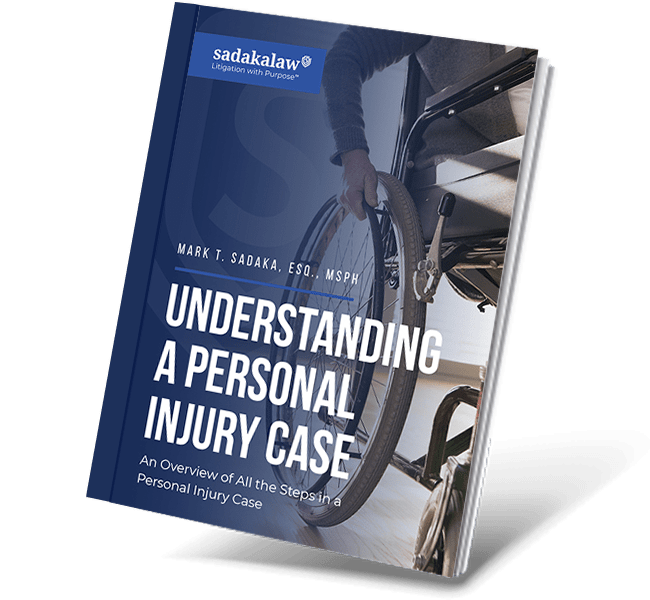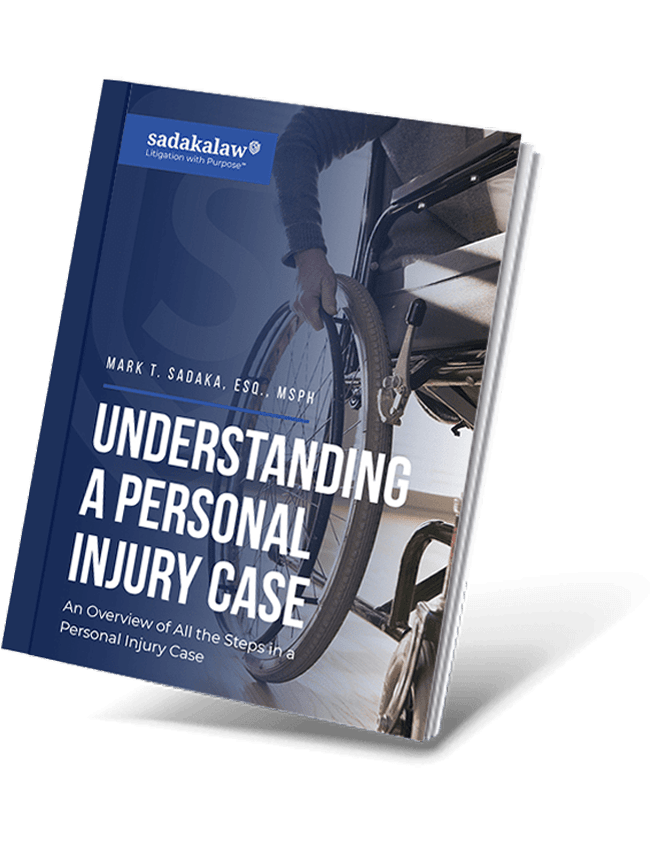
The recent COVID-19 outbreak has taken nearly all of the media attention from the health crisis caused by vaping, even though vaping is continuing to do serious damage to its users’ lungs.. To refresh your memory, there was a spate of deaths and critical illnesses that resulted from vaping. By February 2020, there were nearly 70 deaths from the mystery lung illness associated with vaping. By that time, electronic cigarette makers were facing hundreds of lawsuits by people harmed by vaping from plaintiffs that ranged in age from teenage to adult.
One of the worst parts of the vaping crisis is the age of many of the people who have become hooked on this highly dangerous habit. Vaping has become socially accepted among both adults and teenagers. Studies have shown that a third of high school seniors vape. At least this was before news of severe injuries and deaths from vaping began to cut the sales of these products.
Juul Had Focused on Appearing Trendy and Hip
Much of the evidence points to the fact that Juul knew exactly what it was doing and made conscious efforts to market its product to teenagers. For years, the company was one of the foremost social media influencers through its extensive advertising campaigns. Juul employed celebrities popular with teens in an effort to appear as the “cool company.” It was only under intense pressure that Juul was forced to give up its marketing campaign and had to pledge to pull the advertisements purportedly aimed at teenagers.
Even further, Juul designed its product to look sleek and trendy. The colors and design of the vaping unit even looked like an iPhone. They became the thing to have for teenagers. Company representatives are even reported to have visited classrooms and told youths that the product was entirely safe.
Fruit Flavors Were a Large Draw for Teenagers
Moreover, Juul sold flavors that were extremely popular with teenagers. The flavors that were predominantly fruity, such as mango and fruity mixes helped encourage young people to begin vaping. Additionally, Juul also heavily marketed its mint flavor which was also a favorite of young people. After years of selling millions of dollars of fruit-flavored cartridges to teenagers, Juul finally agreed to pull the fruity flavors from the market in the face of a proposed nationwide ban on these flavors.
Juul’s efforts to make its products attractive to teenagers were so successful that vaping became a large part of teen culture. In fact, teenagers no longer referred to the hobby as vaping. They have begun to call it “Juuling,” since they freely associated the company with the hobby. Even though there are other e-cigarette makers, many teenagers think largely of Juul in this space since it controls over 50 percent of the vaping market.
All the while, Juul had convinced teenagers that its products were a safer alternative to cigarettes. Children were persuaded that there were no dangers to vaping. By 2018, at least 30 percent of high school seniors admitted to vaping at least once in the preceding year, and many of them had adopted it as a habit. Juul profited from this to the point where its company was valued at $38 billion before questions about the product’s safety began to cut sales.
There Is Evidence that Juul Knew that Teenagers Were Hooked
Juul knew that teenagers were becoming drawn to its products. The company learned this practically right after its product hit the market. Instead, its focus was on making sure that users were hooked on Juul after their first hit of the product. The company had even entertained the idea of a “kill switch” that disabled the vaping pen after a certain number of hits. However, Juul elected not to incorporate this feature in the name of stimulating addiction.
Teenagers took it upon themselves to call Juul to ask about product availability. However, even after some internal debate about the matter, the company elected to do nothing to curb sales to youths. The company’s fallback defense was that it did not intentionally market to youths even though it maintained a social media presence in the places where it knew that teenagers were congregating. In other words, Juul denied knowledge of actions that were part of an intentional pattern in the name of sales growth.
Experts had explicitly warned Juul of the possibility of a teenage vaping epidemic. However, all Juul took to try to prevent this wave of teenage usage was to enact some half measures that included raising the minimum age for website purchases to 21 years of age. At the same time, retailers were allowing teenagers to buy Juul products.
While Juul was entrenching itself in the teenage market, regulators were largely turning a blind eye towards the company’s efforts to sell to teens. There were few, if any, attempts to place any restrictions on Juul while the company was gaining in popularity. It was not until there was mounting evidence of health problems resulting from vaping that any regulators took action against the company. It was local governments that took the first step by banning the fruity flavors from the marketplace. At one point, President Trump promised national action to ban these flavors. However, he backed off of this, and media reports attributed this to a political calculation that regulating vaping would alienate his base of support.
As a result of Juul’s conduct, it is facing numerous class-action lawsuits seeking compensation for the damage done to people who started using Juul as youths. A New Jersey father who had bought Juul for his 14-year old son is leading a class-action lawsuit against the company for his teenager’s addiction. His son was taking 200 hits per day from his vaping pen and began vomiting and coughing fits.
There is another lawsuit filed by the parents of a teenager who began to suffer seizures after regular use of Juul. Their daughter began using Juul at the age of 15 and began cutting class to indulge her Juul habit. Now, the lawsuit claims that she suffers seizures as a result.
Numerous other teenagers and their parents have filed lawsuits against the company, claiming that Juul’s marketing got them hooked on vaping. Reports are emerging on the damage that vaping does to teenaged lungs along with the negative impact that it could have on brain development. This is resulting in long-term health consequences for scores of teenagers.


